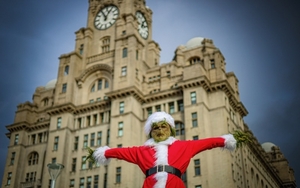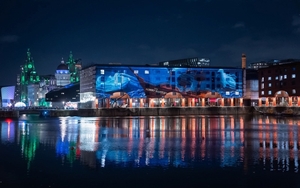MAYOR Joe Anderson has started talks with Cunard about restoring, after more than half a century, the company’s direct passenger sea link between Liverpool and New York.
It follows the stunning success of the visit by the three Cunard Liners to the Mersey over the weekend, likely to be hailed as one of the most successful spectacles in Liverpool’s maritime history.
Mayor Anderson says a passenger sea link from the Pier Head to NYC will attract support from a large area stretching from Scotland, Cumbria, the North East to closer to home.
I’m convinced the Liverpool to New York run can be established again
With the cruise trade rapidly expanding, the lure of a link avoiding the long road journey to Cunard’s home port of Southampton will be an attractive proposition.
During the weekend Cunard event Mayor Anderson took advantage of the presence of leading executives from the shipping line to float the idea of reintroducing the link.
In an exclusive interview the mayor expressed his confidence of the route returning to Liverpool’s historic waterfront.
“While the Cunard executives were in Liverpool I had serious discussions with them and we have got meetings taking place in the near future to make sure that Cunard continue to come to Liverpool," he told Liverpool Confidential.
Top Cunard executives, led by Cunard Director Angus Struthers, were in Liverpool throughout the three day event. Mr Struthers commented everyone at Cunard had been touched by the fantastic reception the three Cunard Queens had received from the people of Liverpool.
“I’m convinced that the Liverpool to New York run can be established again if we own our own cruise liner terminal, as, of course, we need a bigger terminal.
“It is interesting about 1,400 people actually went onto the Cunarders in Liverpool having stayed overnight in city hotels. It proves there is a draw here in Liverpool which is at the heart of a population of 32 million that could come to Liverpool, rather than Southampton, to join cruises.
“That is what my aim is, making sure Liverpool gets onto the cruise liner map in a much better way that we currently do. It will happen.”
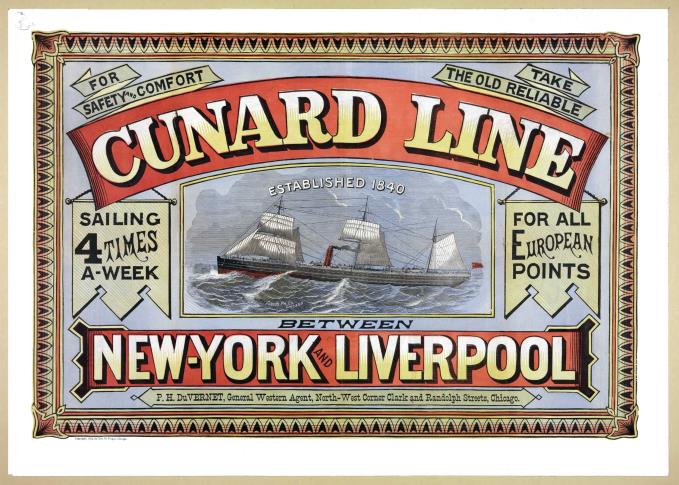
Mayor Anderson said he had turned down the opportunity to travel to New York on the July 4 Queen Mary 2 sailing from Liverpool which marks the day 175 years ago when the first Cunard ship departed for North America from Princes Landing Stage.
But the former member of the merchant navy said he would travel across the Atlantic once a regular cross-Atlantic route returns, jokingly adding, “perhaps as an able seaman”.
The Mayor predicted that when the figures for the Cunard weekend are collated they will point to around two million converging on the riverfront on both sides of the Mersey.
At one stage on Bank Holiday Monday barriers had to be erected at the Pier Head for health and safety reasons when the river frontage was declared full to capacity.
Life on the ocean wave which waved goodbye to Liverpool in 1966
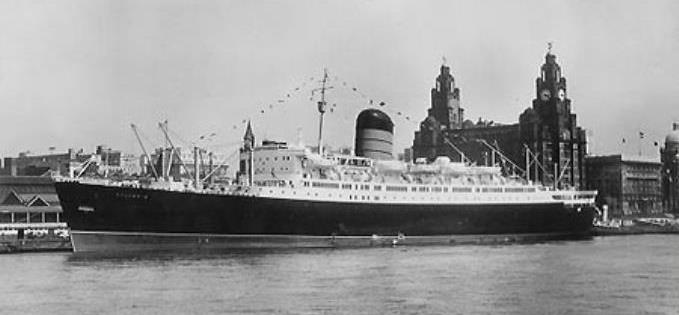 The Sylvania in Liverpool, 1965
The Sylvania in Liverpool, 1965
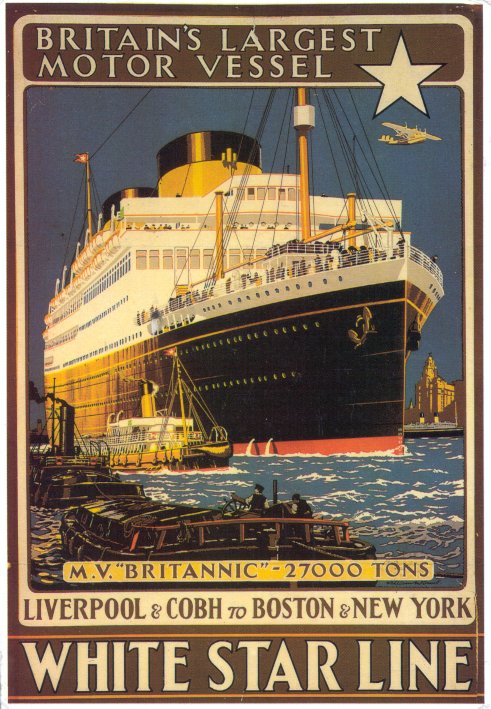
The last time passengers were able to travel to North America on a regular crossing from Liverpool was 1966. The Cunard ship Sylvania, which replaced the Britannic on the route to New York Harbour and Boston, made her final 3,471 mile Atlantic crossing in November of that year.
The boom in fast air travel was largely to blame for the slow death of scheduled transatlantic passenger shipping, but the final nail in the coffin for Cunard was a series of industrial disputes including a six-week strike by seamen that year which cost the company £3 million, or £51 million today.
In July 1966, Cunard's chairman at the time, Sir Basil Smallpiece, commented: "This is the bottom of the barrel. There is enough left in the kitty for 18 months, perhaps a couple of years, but that's it. In the past five years the passenger liners have bled Cunard to the extent of £14 million (£242 million today ) in total losses."
Cunard left its Liverpool waterfront birthplace for Southampton just two years later, its fortunes rising again in the luxury cruise market.
Its next door neighbour at the Pier Head, the Mersey Docks and Harbour Board, did little to keep Cunard liners from sailing out of Liverpool, the money being in freight rather than fast turnaround passenger vessels.











